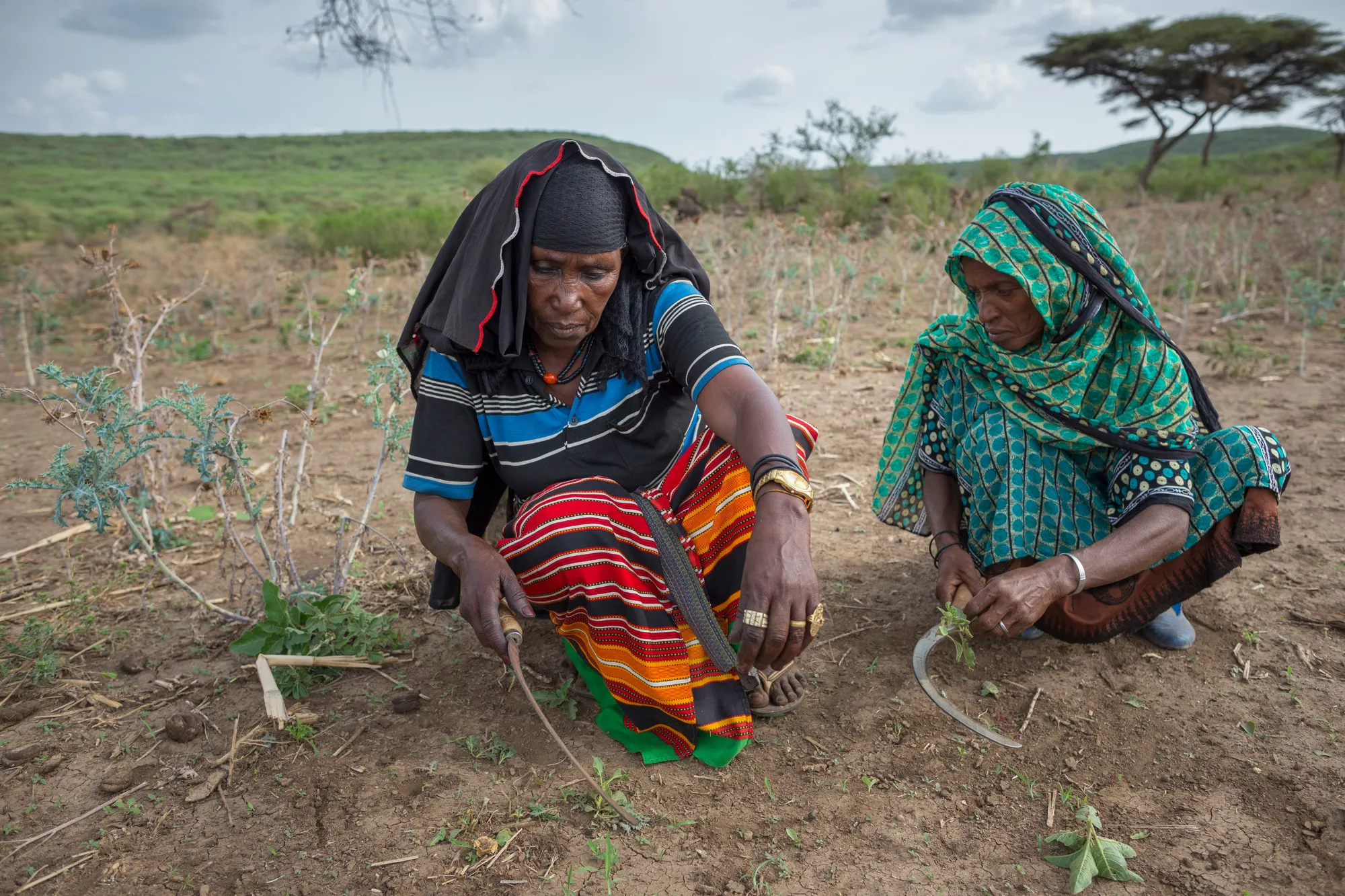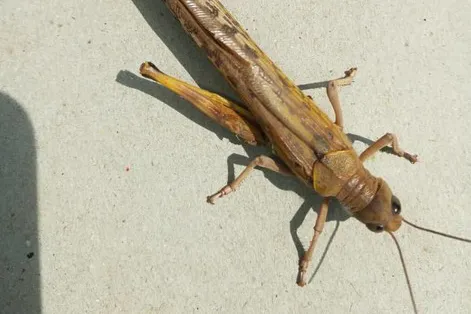During the last locust outbreak from 2003 to 2005, which impacted 20 countries, mostly in Africa, children were less likely to go to school, and girls were disproportionately affected. During the current outbreak, experts are predicting an increase in dropouts as children trade school for work to help support their families.
East Africa is the epicenter of the current locust crisis. In Ethiopia, Kenya, Somalia, South Sudan, and Sudan, over 25 million people are already facing hunger and food insecurity. If the locust swarms persist and control measures are unsuccessful, more crops will be lost, and livelihoods will be further impacted.
In the Arabian Peninsula, locusts are damaging farmland in Yemen, where conflict has been raging for more than five years and an estimated 20 million people are food insecure and need assistance for survival.
This massive crisis is totally off the radar of the international community.
In Afghanistan, the country’s fragile health system, coronavirus lockdowns, market closures, and lack of food are seriously impacting women and children. Mamoon Khawar, CARE Afghanistan’s food security and livelihood’s lead, says more women and children are begging on the streets, leaving them particularly vulnerable to violence and exploitation.
“Many women in the agriculture sector lost their jobs, as landowners prefer to hire men,” Khawar says.
Elsewhere in Southwest Asia, the convergence of locusts with natural disasters such as flooding and cyclones will likely increase humanitarian needs. In February, Pakistan authorities declared a nationwide emergency as locust swarms decimated crops and sent food prices soaring.
CARE, which has a presence in all affected countries, is supporting with logistics and emergency response, such as helping governments gather information about the locusts and providing emergency food relief .
In South Sudan, CARE staff are doing on-the-ground surveillance, including gathering locust samples and information from affected communities about the size and direction of swarms. CARE Uganda has supported a government campaign to stop people from eating locusts (a traditional dish in the country) as it may lead to poisoning from the chemical sprays used to control the locusts.
Agelo Darius, a 63-year-old man living in northern Uganda, says, “We ate desert locusts in old days. They were source of food and tasty. This time, we are warned not to eat.”
The UN states it needs over $300 million in funding and has been critical that resources “have been too slow in coming,” citing a growing funding gap. The cost of responding to this crisis will be at least 15 times higher than the cost of preventing the spread now, according to the World Food Programme.
“The math is clear, as is our moral obligation,” states the UN. “Pay a little now, or pay a lot more later.”


